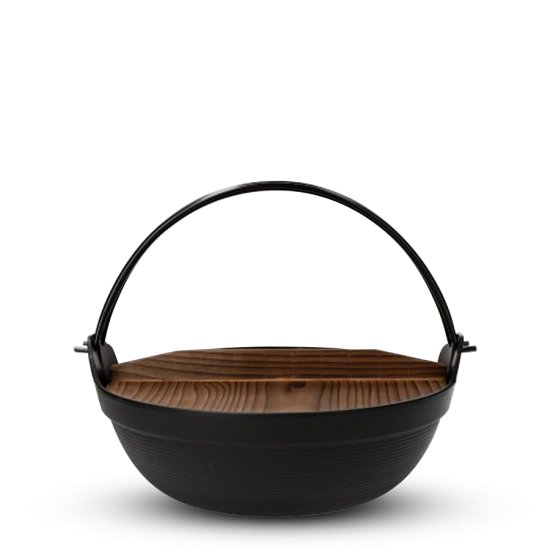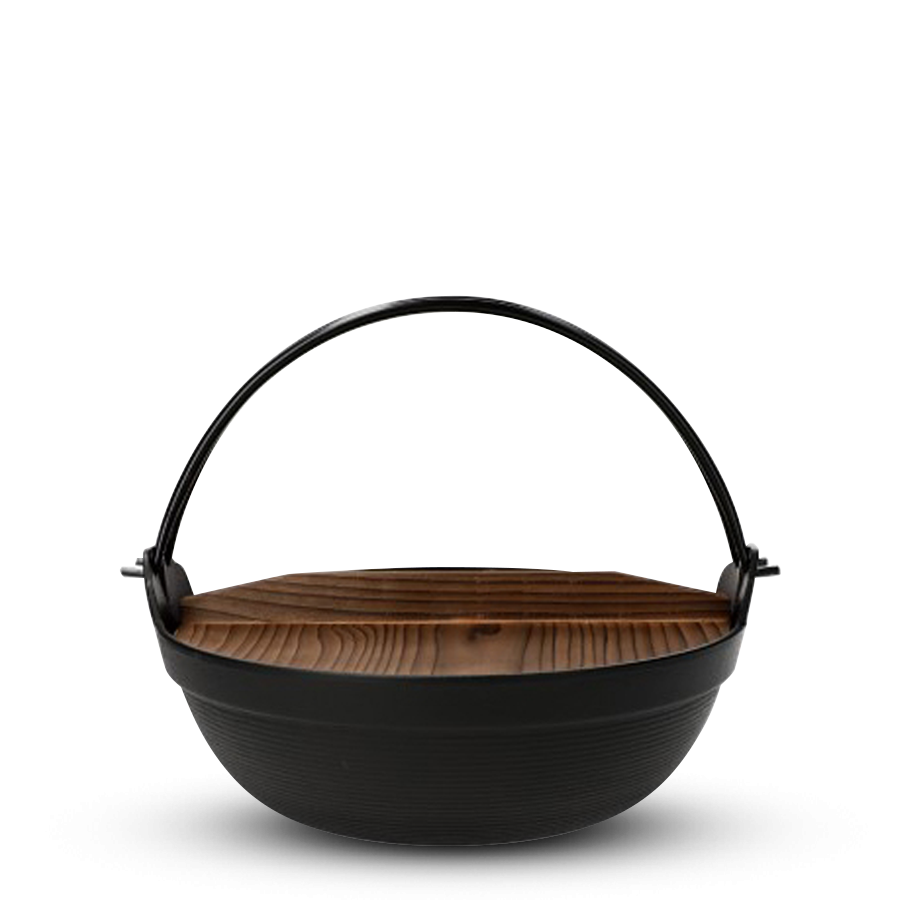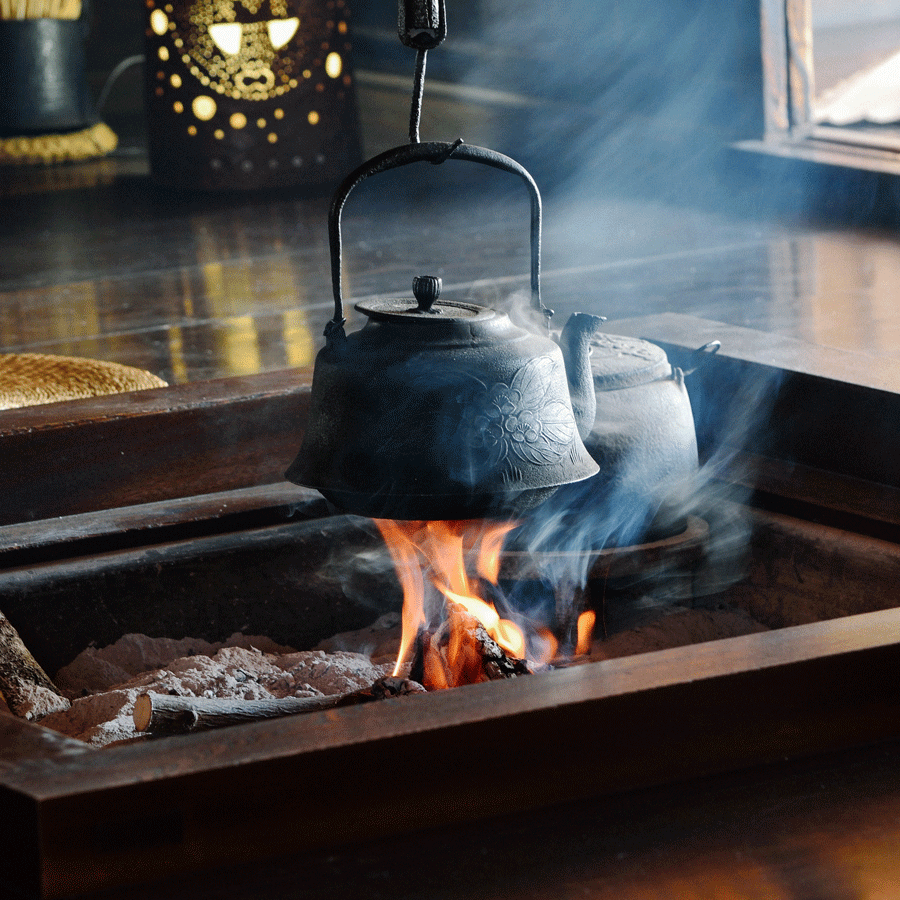The name Iwachu is synonymous with cast iron goods of the highest quality, and the brand's versatile product range extends from classic cast iron kettles (tetsubin), teapots (tetsu kyusu) and related accessories to bells, pans and much more. The manufacturer has boasted its own tradition since its founding in the Meiji period and throughout the 400-year-old Nanbu tekki tradition. It also has its own production line. Every step, from design planning to manufacturing to sales, is carried out by the company itself. Iwachu is dedicated to producing robust cast iron products with excellent functionality and contemporary design. Master casters at the company are required to undergo a minimum of 15 years of training, meaning that all products meet the highest quality standards.
Japanese Cooking Pot
Cast Iron
Iwachu
SKU
1866
Yoshi En has recently grown out of Sunday Natural to become an independent premium tea store. As part of this transition, some products may still be shipped in Sunday Natural packaging.
Cast iron cooking pot with wooden lid by the traditional manufacturer Iwachu of Iwate, Japan. Iron-permeable surface that enriches the food with valuable bioavailable iron(II) during preparation. For stews, fondue dishes, soups etc. 24cm diameter.
Suitable for electric, gas and induction cookers as well as open fires.
| Type | Nanbu Tekki Cast Iron Cooking Pot |
| Origin | Morioka, Iwate Prefecture, Japan |
| Studio/Artist | Iwachu |
| Dimensions in cm | Ø26.5 x 24.5 x 10.5(H)cm; approx. 1.9L capacity |
| Weight | 2.4kg |
| Material | Cast iron, wooden lid |
| Coating | Iron-permeable silicone coating for rust protection (Kuro-yakitsuke technique 黒焼付仕上げ) |
| Stove compatibility | Suitable for electric, gas and induction cookers and open fires. |
| Stamp | Stamp of Iwachu on the underside |
In stock





